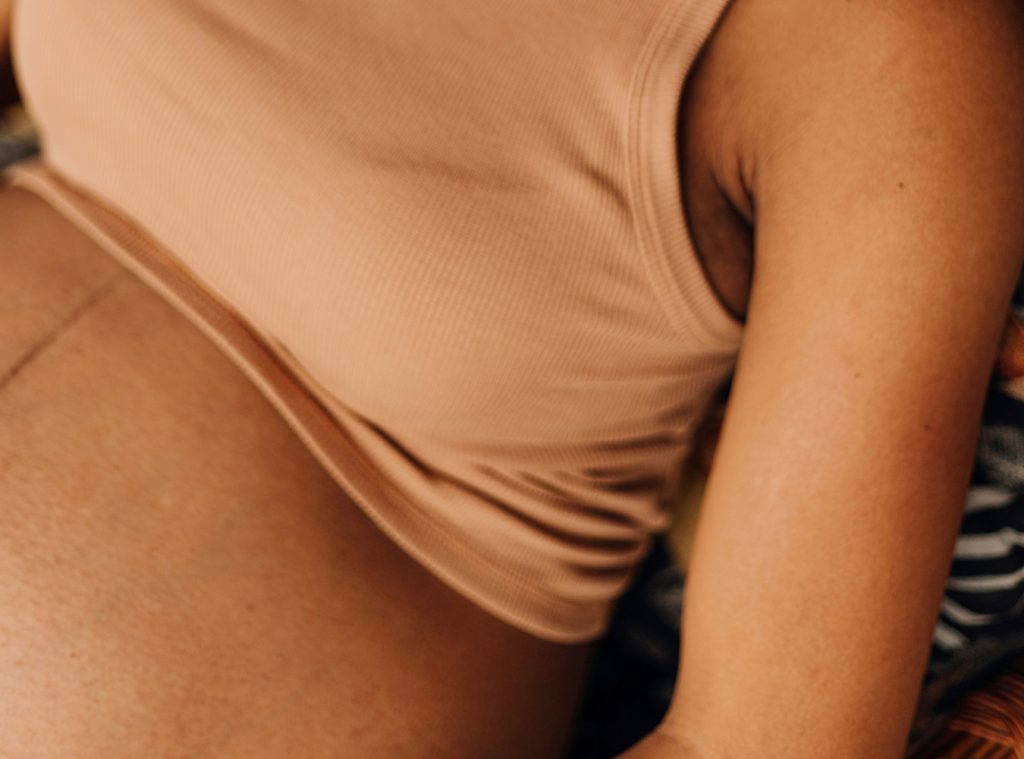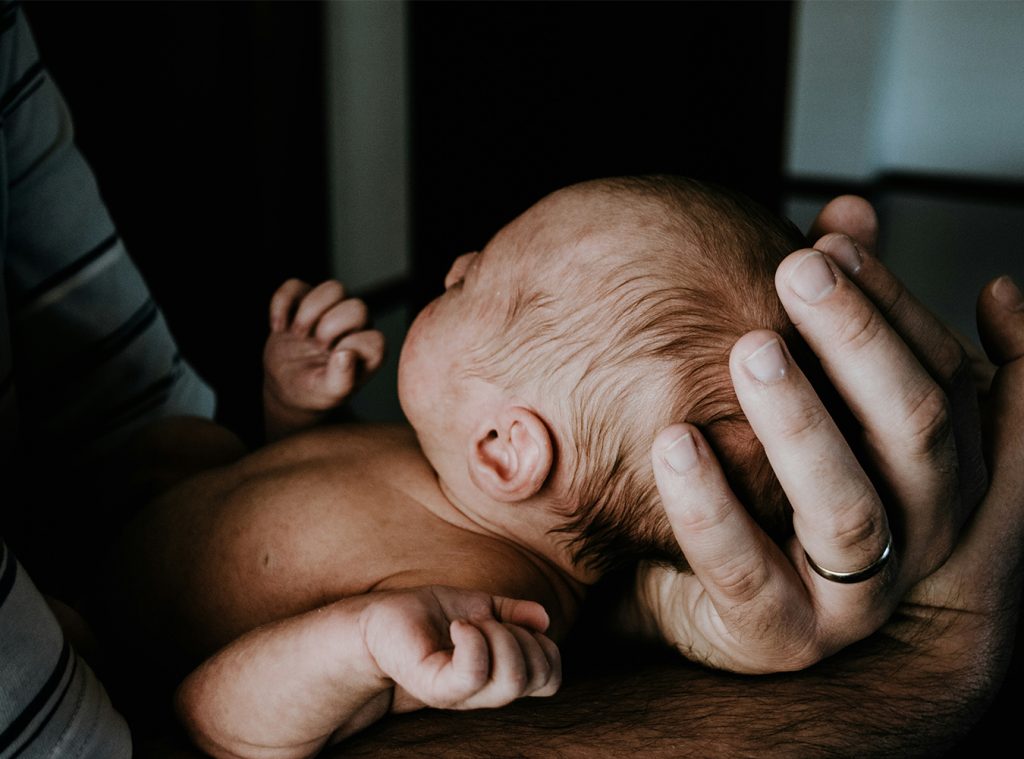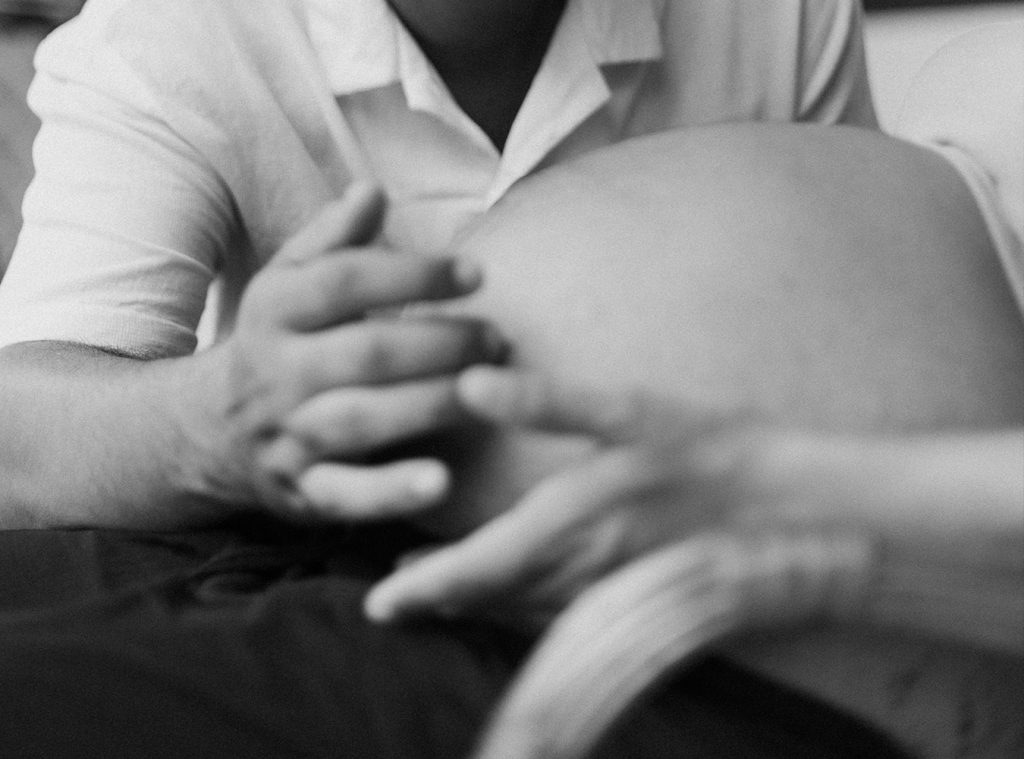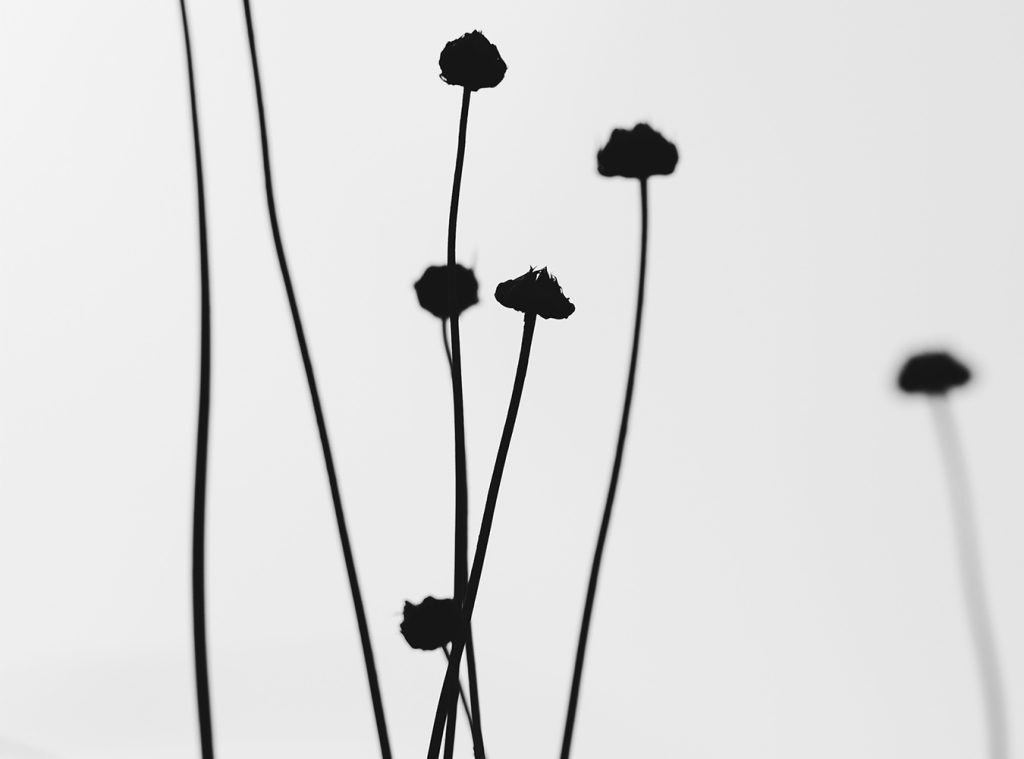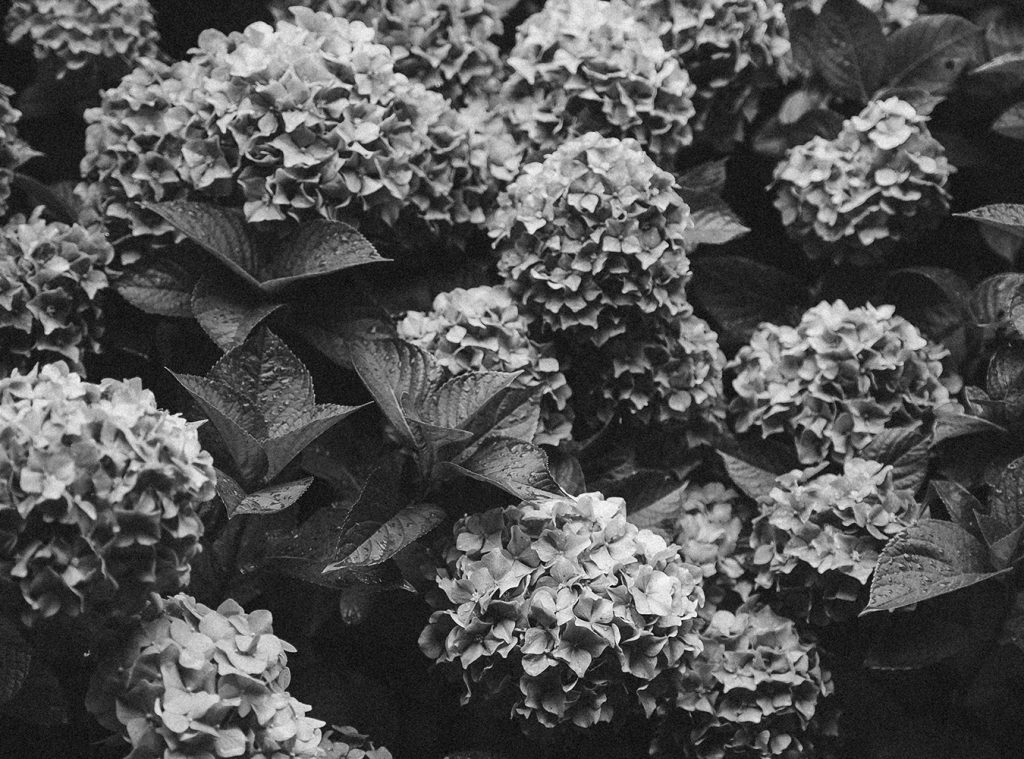A number of skin changes occur during pregnancy in response to elevated levels of hormones such as oestrogen and progesterone.
Increased pigmentation
Many women have a range of pigmentation related changes during the pregnancy. These include:
- Birth marks, moles and freckles that may darken
- Increasing freckles or brown patches on the face (Melasma)
- The area of skin around the nipples (areola) may go darker
- Some women develop a dark line down the middle of the stomach
It is important to protect your skin from the sun while pregnant as it is more sensitive and excessive sun exposure may increase these changes. Most changes will fade after the birth of your baby.
Sun Sensitivity and Sun Screen
It is important to protect your skin from the sun while pregnant as it is more sensitive and excessive sun exposure may increase pregnancy related changes mentioned above. You will find that your skin will burn more easily. Most skin changes will fade after the birth of your baby but not always.
There is no direct risk posed to your baby from sun exposure though it is important to stay well hydrated, avoid sun burn and overheating.
It is safe to use most sunscreens in pregnancy but some are potentially safer than others. Overall the quality of evidence is poor. That said there are two main types of commercially available sunscreens: physical barrier (aka mineral) or chemical. As per usual the higher the SPF rating the better.
- Physical or mineral sunscreens are generally considered safer in pregnancy. These sunscreens contain zinc oxide or titanium dioxide and work by literally blocking the sun.
- Chemical sunscreens contain compounds such as benzophenone-6, oxybenxone, dioxybenzone, mexenone, octinoxate, octisalate, avobenzone. There is some (weak) evidence that these compounds effect hormonal function and are therefore best avoided if possible.
DEET: certain sunscreens contain the pesticide DEET. This should only be used if necessary (in areas where mosquito born disease is present) and it is best to use products that contain low concentrations of 5-20%. Overall, given the very small amounts absorbed it is thought that when it is required the benefits of protection will outweigh the risks.
Stretch Marks
Stretch marks or striae gravidarum are very common and occur due to changes in the connective tissue of the skin secondary to the hormonal changes of pregnancy. They are not harmful. Stretch marks usually begin as pink or purple lines on the skin. These change to slightly sunken lines or streaks of a lighter colour than the surrounding skin (faded silver grey). They usually occur on the abdomen, thighs and breasts and may occur on other areas such as the back and buttocks. Stretch marks normally start to form in the late second or early third trimester of pregnancy. Women with a family history of stretch marks are more likely to develop them. Stretch marks normally fade over the year after the pregnancy but will not completely disappear.
There are no proven treatments for stretch marks and those that exist are should only be used after delivery (e.g. laser). Most strategies focus on prevention. Evidence for preventative treatments is also limited. Creams containing Vitamin E or Tretinoin have shown promise though the safety of topical Tretinoin use in pregnancy is not entirely clear.
Hair growth
Hair growth can increase in pregnancy and you may notice your hair is greasier. About three months after the birth most women notice hair loss from the scalp. Hair usually grows back completely and will return to normal within 6 months of giving birth.

